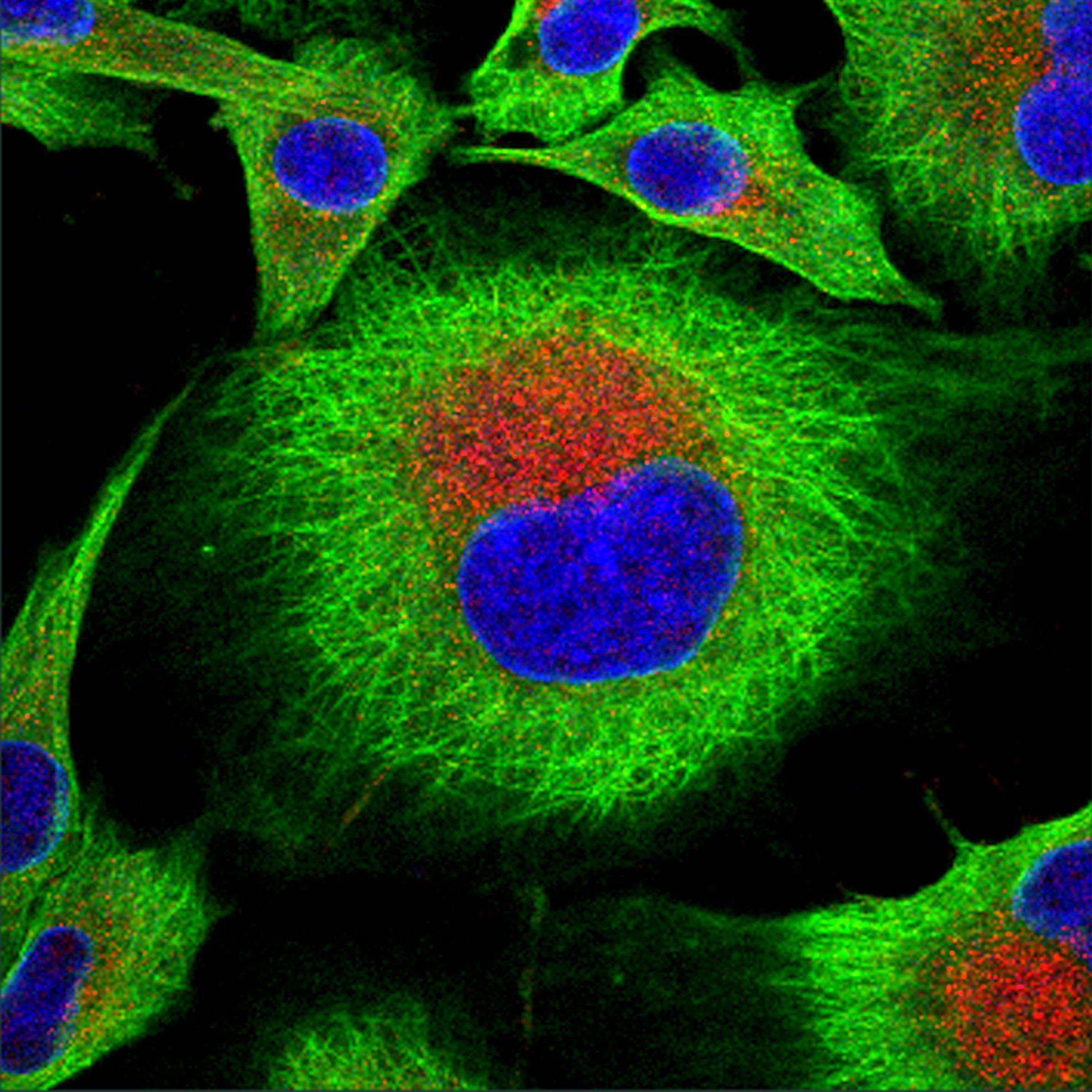The heterogeneous herd: Drivers of close-contact variation in African buffalo and implications for pathogen invasion
Many infectious pathogens are shared through social interactions, and examining host connectivity has offered valuable insights for understanding patterns of pathogen transmission across wildlife species. African buffalo are social ungulates and important reservoirs of directly-transmitted pathogens that impact numerous wildlife and livestock species. Here, we analyzed African buffalo social networks to quantify variation in close contacts, examined drivers of contact heterogeneity, and investigated how the observed contact patterns affect pathogen invasion likelihoods for a wild social ungulate. We collected continuous association data using proximity collars and sampled host traits approximately every 2 months during a 15-month study period in Kruger National Park, South Africa. Although the observed herd was well connected, with most individuals contacting each other during each bimonthly interval, our analyses revealed striking heterogeneity in close-contact associations among herd members. Network analysis showed that individual connectivity was stable over time and that individual age, sex, reproductive status, and pairwise genetic relatedness were important predictors of buffalo connectivity. Calves were the most connected members of the herd, and adult males were the least connected. These findings highlight the role susceptible calves may play in the transmission of pathogens within the herd. We also demonstrate that, at time scales relevant to infectious pathogens found in nature, the observed level of connectivity affects pathogen invasion likelihoods for a wide range of infectious periods and transmissibilities. Ultimately, our study identifies key predictors of social connectivity in a social ungulate and illustrates how contact heterogeneity, even within a highly connected herd, can shape pathogen invasion likelihoods.
